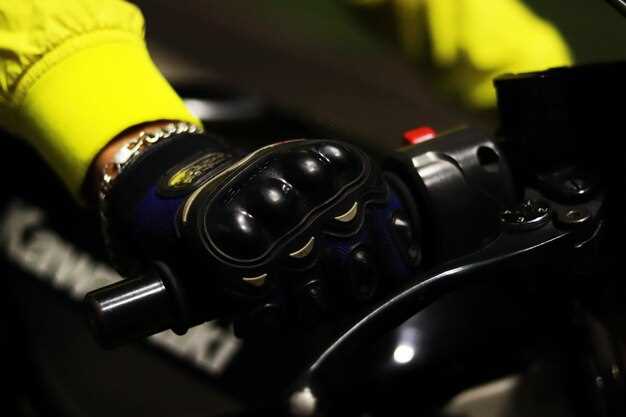
In the high-speed world of motorsports, every detail counts, and safety gear plays a pivotal role in ensuring the well-being of drivers. Among the most critical components of this gear is the racing harness. Designed to secure the driver firmly in place during extreme conditions, a quality racing harness substantially reduces the risk of injury and enhances overall control on the track.
Unlike standard seatbelts found in everyday vehicles, racing harnesses are engineered to withstand the rigors of high-performance racing. The specialized design of these harnesses offers a multi-point attachment system, which distributes forces across the driver’s body, thereby providing enhanced stability. With options available ranging from four to six points of attachment, racers can customize their harness systems to deliver the best support for their unique driving styles.
Using a reliable harness goes beyond just meeting safety regulations; it instills confidence in the driver, allowing them to focus on performance without the distraction of potential hazards. When combined with appropriate gear, the racing harness ensures not only safety but also optimal control of the vehicle, an essential factor when navigating tight corners or making high-speed maneuvers.
Choosing the Right Harness for Your Racing Style
Selecting an appropriate racing harness is crucial for optimizing both safety and performance on the track. Different racing styles demand specific features in a harness to accommodate various driver preferences and vehicle setups. Understanding these nuances will ensure you make an informed choice.
For road racing, a 5- or 6-point harness is recommended. This design provides the necessary stability and support during high-speed cornering. Look for harnesses that include an anti-submarine feature, which prevents the driver from sliding under the belts during an impact.
If you’re participating in drifting, a harness must allow for quick entry and exit. A cam-lock system is beneficial for this style, as it facilitates easy adjustments. Choose a harness with a wider belt to enhance comfort during prolonged sessions, as well as to provide additional restraint during aggressive maneuvers.
Off-road racing presents unique challenges where durability is paramount. Harnesses designed for this purpose should be constructed from high-strength materials, resistant to abrasion and environmental wear. Additionally, opt for harnesses that have been pre-tested in rugged conditions to ensure reliability.
For those who compete in motorsports with strict regulatory standards, such as Formula racing, it’s essential to select a harness that meets specific safety certifications. Always check regulations from your racing body to ensure compliance while maximizing your safety investment.
Ultimately, the right racing harness will align with your racing style, complement your vehicle, and enhance your overall driving experience. Prioritize fit, comfort, and safety ratings to choose a harness that meets your specific needs on the track.
Installation Tips for Maximum Safety and Performance

Proper installation of your racing harness is crucial for ensuring maximum safety and performance on the track. Begin by selecting a high-quality harness that meets or exceeds safety standards. Look for gear that features a minimum of five-point connections, providing enhanced restraint during high-speed maneuvers.
Next, focus on the mounting points. Ensure that the harness is securely anchored to the chassis using strong, dedicated mounting hardware. Avoid using factory seat belts as attachment points, as they may not provide the required strength during a crash.
Adjust the harness straps correctly to ensure a snug fit. Straps should lie flat against the body and should not be twisted. Utilize the built-in adjusters to customize the positioning of the shoulder and lap belts. Make sure there is minimal slack to prevent excessive movement during impact.
If your racing gear allows, consider utilizing a helmet restraint system to further enhance safety. This can help reduce head and neck injuries by keeping the helmet securely in place during collisions.
Regularly inspect your harness for signs of wear or damage. Check for frayed straps, loose stitching, and any corrosion on the hardware. Replace any compromised components immediately to maintain optimal safety levels.
Lastly, familiarize yourself with the specific requirements of your racing organization. Different leagues may have varying regulations regarding harness installation, so ensure that your setup complies with these rules to avoid disqualification.
Maintenance Practices to Ensure Longevity and Reliability

Regular inspection of racing harnesses is crucial for ensuring both safety and performance. Check for signs of wear and tear, including frayed straps or damaged buckles. Address any issues immediately to prevent failures during a race.
Cleansing harnesses after each use helps remove dirt and debris that can degrade materials over time. Use mild soap and lukewarm water, avoiding harsh chemicals that may weaken the fabric. Rinse thoroughly and allow the harness to air dry completely before storage.
Proper storage of racing harnesses is equally important. Keep them in a cool, dry place away from direct sunlight and moisture, which can cause deterioration. Use a dedicated storage bag to prevent tangling and further wear.
Regularly check the adjustment mechanisms to ensure they operate smoothly. Lubricate moving parts if necessary, but be cautious to use substances that are safe for the harness materials. A well-maintained adjustment system allows for precise fit, enhancing control during races.
Lastly, consider keeping a log of maintenance activities and inspections. This practice not only tracks the condition of your harness but also helps identify trends in wear patterns, prompting timely replacements or repairs to maintain reliability on the track.





